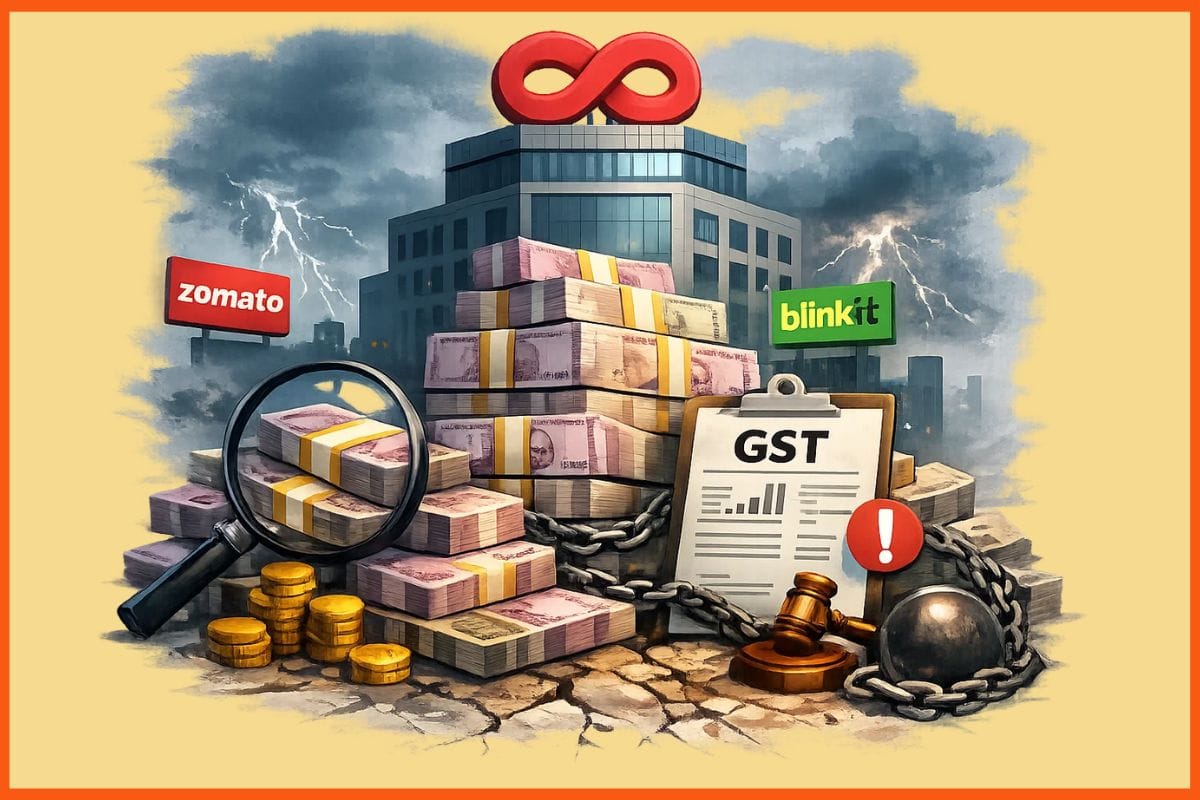How to Launch Your MVP in the Market the Right Way?
🔍Insights
The idea of launching an MVP has erupted significantly in recent years, it's a standard procedure both for entrepreneurs and formed tech giants. However, like most ideas that become popular, there's a lot of misconception.
So let us start from the basics.
What is MVP?
Things You Should Know Before Creating MVP
How to Launch MVP?
Examples of MVP Launch
Advantages of MVP Launch
What is MVP?
The MVP is the edition of a fresh model that enables your group to gather the most authenticated knowledge about consumers with the minimum effort. It is a tiny product with three essential aspects:
- It is either used or purchased by folks.
- It is simple to use.
- Using the resources at our disposal, we could send it as we want it.
Things You Should Know Before Creating MVP
To create an effective MVP, you must first identify the purpose.
User Section
A team of members sharing related attributes. It is critical to determine who the merchandise is for, and who this isn't for. A popular brand blunder is to try impressing all and risk appealing none.
Issue
Don't try to solve all of your issues in one go; instead, tackle them one at a time. It'll assist you in focusing on one primary problem that irritates clients the most. Once you've resolved that issue for people, you could move on to more issues.
Workaround
After you've settled on the issue, you would like to fix, you may come up with more creative solutions. It is critical to narrow down to a viable solution. Focus on the appropriate alternative and what it'll involve then you can get input rapidly without wasting a lot of money.
Limited User Interface
This implies that your MVP must be sellable and usable. You must determine and draw a line between an item that can be utilized and an item that folks will use. Test on your own and with your group to determine what is suitable for rollout.
How to Launch MVP?
Thorough Analysis
Before you begin, you must recognize the issue and its quick fix. You'll respond to a series of queries, including:
- What issue is your MVP supposed to fix?
- What types of customers will be ready to buy?
- What are the currently available solutions?
Recognise and Prioritize Elements
This part focuses on the elements you are including in your item. You must create your product edition and outline the elements you want in it. After that, you must prioritize them. At this point, you're probably to have one key focus element that communicates the product's essence.
Tactic Selection
You should determine what type of MVP you'll use. It could be a no-product, item replica, or a single-feature MVP. Your decision must be built on the concept that needs to be authenticated as well as the tools accessible.
Identifying Critical Success Factors
Before you begin developing your MVP, you must decide how you'll assess it. Create a list of implementable measures and success factors that you'll monitor.
Create a Storyboard
It's a necessary step to list your attributes and create the product roadmap. It is made up of four main parts: an aim, actions, user stories, and tasks. It's a useful tool for identifying the benefits and drawbacks of your product.
Launch MVP
It's time to put your MVP out and get some input from your first users. Focus on keeping track of the critical factors when evaluating the success of your MVP. The primary goal is to assess your product with actual humans. Even if it failed, it's a good indication that you should manoeuvre and concentrate on fixing various types of user problems.
Examples of MVP Launch
Following are the types explained by using examples.
User-facing Workaround
Consider Zappos. The pioneer hoped to see if consumers purchase boots without first trying them on. It wasn't possible to shop online back then. He merely shot the boots he planned to sell, and if a buyer placed an online order, he'd go purchase the boots from the shop and dispatch them, which worked well.
Targeted User Section
Consider Tinder. The app was created because you feel at ease approaching people if you realize they would like you to. Because social media sites primarily linked you with folks you already knew, a gap existed in exploring someone else.
Its app stepped in to fill the void and calm the mind. They've got an opt-in system that shows you another party is willing to talk to you and, in most cases, the geographical area is close by, making you feel completely safe.
Key Issues and Use Instances
Consider Airbnb. San Francisco hosted an excellent design summit. The group planned to give inexpensive lodging during this situation and uploaded the information online. So they focused on a key issue and use the instance: "San Francisco summit invitees."
They hoped to find a solution that was tailored to that particular use case. Shortly, three guests expressed interest in spending for this bare-bones service. This backed up the business overview that prospective buyers would be ready to pay to reside at another's house instead of a hotel.
Streamlined Features
Consider Spotify. Previously, the music business was experiencing challenges. Because of file-sharing websites, some folks paid for songs. Two Swedes recognize that this will never work.
So their initial plan was to make a free streaming app and monetize it through advertisements. How did it fare against rivals? The pioneers noticed that most startups were putting their money into fancy sites and apps before even putting their concepts to the test.
Spotify's team tried something new. They developed a minimum viable product in the form of a computer app with one central aspect: song streaming. Later, they gave the choice for people to pay a monthly fee in exchange for an ad-free interaction and other attributes, and this journey enabled them to test their concept while maintaining their costs low.
Advantages of MVP Launch
Resources Savings
By incorporating MVP, you can find a balance between supplying core aspects and remaining cost-effective. It also allows for the handover of a user-friendly item in a particular timeframe and is simple to execute.
Understand Your Crowd
It enables you to discover more about your customers' perceptions of the item, allowing you to design and optimize what you could handle about it.
Enhance Progressively and Stepwise
MVP is critical in assisting you to create a basic edition that includes the key aspects and reveals it to the consumer to gather input and optimize it. It helps you organize your muddled thoughts and frame them in an orderly fashion.
Conclusion
Starting your MVP Inception point must no longer be as daunting. It doesn't have to be flawless! To create it, follow the instructions and tactics outlined. It is a method that allows startups to learn a lot about their customers by using a viable prototype without wasting precious time and money.
Thank you for your time.
FAQs
How to launch the MVP of a startup?
Conduct Market Research, Conduct Customer Research, Create A Product Roadmap, Conduct User Testing, and launch the product.
What is the MVP approach?
MVP is launching a minimum viable product to gather the feedback of the consumers to build a much better product.
What should an MVP look like?
An MVP should be small, fast and cheap and should not create a negative impact.
Must have tools for startups - Recommended by StartupTalky
- Convert Visitors into Leads- SeizeLead
- Website Builder SquareSpace
- Manage your business Smoothly Google Business Suite





